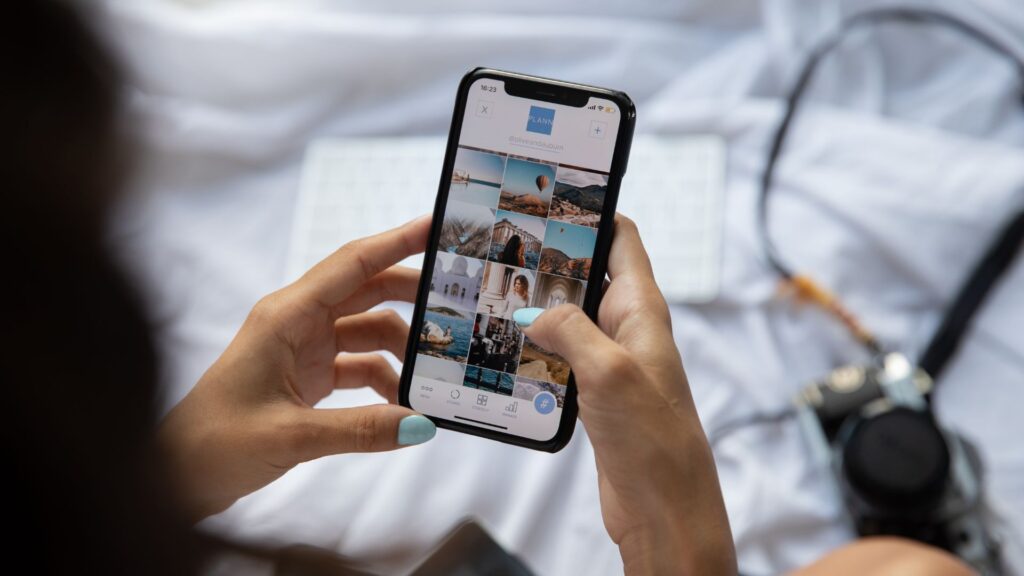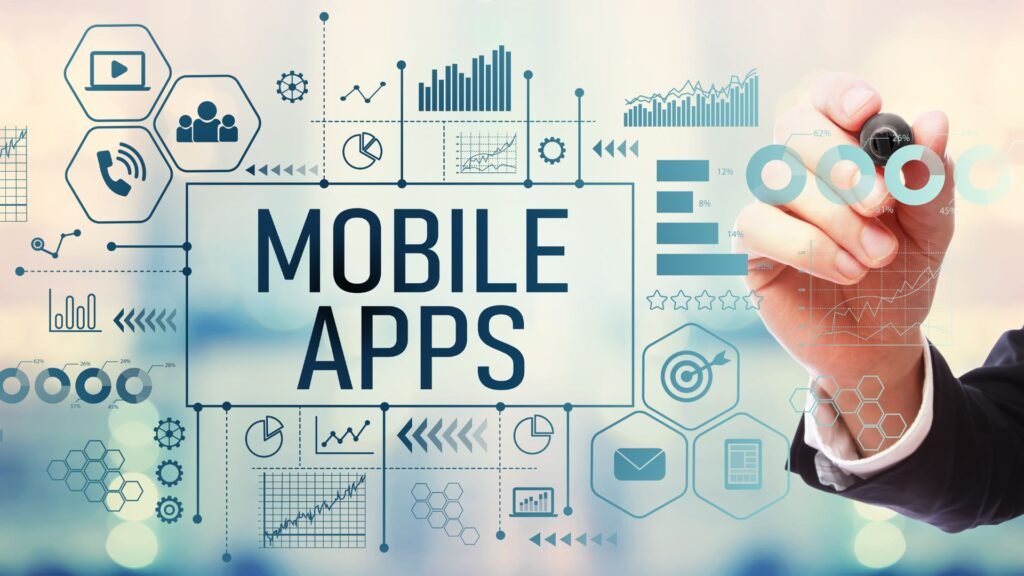In the evolving landscape of real estate, the concept of fractional ownership has gained significant momentum. Fractional ownership, a model where several unrelated parties can share and mitigate the risks and expenses of property ownership, has been particularly influential in the market for second homes. As technology continues to advance, mobile applications are emerging as a game-changer in this sector, revolutionising the way fractional ownership operates.
While both timeshares and fractional ownership are methods of shared property use, they are fundamentally different in terms of rights, legal standing, and potential for long-term value.
Timeshare Ownership, it is not…
Timeshare ownership is essentially a lease agreement. When you buy a timeshare, you are purchasing the right to use a property for a specific period each year, typically one or two weeks. You do not own the property itself; instead, you own “time” in the property. Your name is not on the deed, and you have no equity in the property.
The duration of a timeshare agreement can vary, but many are set for a specific number of years. Once the agreement expires, your right to use the property ends. As such, a timeshare doesn’t offer the same long-term investment potential as owning a piece of real estate. It cannot be passed down through generations as an asset.
Fractional Ownership
Fractional ownership, on the other hand, is a form of property ownership where several individuals share the ownership of a property. Unlike timeshares, fractional ownership involves actual ownership of the property. Your name is on the deed, and you own a fraction of the property itself, not just time in it.
This means that as a fractional owner, you have an equity stake in the property. If the property appreciates in value, your share of the property also increases in value. You can sell your share, gift it, or leave it to your heirs (500€ average notary fee in Europe so extremely competitive), making it a potential investment that can be in your family for generations.
In summary, while both timeshares and fractional ownership involve shared use of a property, they offer different levels of ownership rights and potential for long-term value. With fractional ownership, you own a piece of the property itself and have a tangible asset that can appreciate over time and be passed down to future generations. In contrast, timeshare ownership gives you the right to use a property for a specific period each year but does not offer the same long-term investment potential or legal standing as fractional ownership.
The Advent of Fractional Ownership
Fractional ownership offers a practical solution for those who want to own a second home but may not have the resources or the inclination to manage the property full-time. Instead of shouldering the financial burden and responsibilities of sole ownership, individuals can own a portion of say, a villa in Ibiza, enjoying the benefits of ownership for a fraction of the time and cost.
While this model has been around for decades, primarily for families or groups of friends buying a bigger property together through a limited company (SCI in France or Limitada in Spain), it has evolved significantly with the advent of technology (see above the difference with timeshares). Today, the fractional ownership market is more transparent, efficient, and user-friendly, thanks in large part to the proliferation of mobile apps and new Prop Tech companies.
The Role of Mobile Apps in Fractional Ownership
Mobile apps are fundamentally altering the landscape of fractional ownership in several ways. They are streamlining the process of buying, selling, and managing fractional properties, making the market more accessible to a wider audience.
- Ease of Access and Transparency
Mobile apps and websites provide a platform where buyers, sellers, and owners can easily access information about available properties, ownership terms, and costs. They offer transparency, which is critical in building trust and attracting potential investors. With just a few taps on a screen, interested parties can view property details, compare prices, and make informed decisions. Our website, co-ownership-property.com, is also regularly updated and provides seamless access to our portfolio of properties.
2. Property Management
One of the significant challenges of owning a second home is property management, especially when the property is not in use. Mobile apps are solving this problem by offering features that allow owners to manage their properties remotely. Owners can schedule maintenance, pay bills, and even monitor their property through live feeds, all from their mobile devices. As a user of co-ownership-property.com, you can get an updated list of new properties on the market, also through our weekly/monthly newsletters.
3. Scheduling and Communication
In fractional ownership, coordinating schedules can be a logistical nightmare. Mobile apps help mitigate this issue by providing shared calendars and communication platforms. Owners can easily view when the property is available and coordinate schedules with other owners. This feature not only eliminates potential conflicts but also ensures that owners can enjoy their property to the fullest.
The Future of Fractional Ownership
The impact of mobile apps on fractional ownership is undeniable. By harnessing technology, these apps are making fractional ownership more accessible, efficient, and appealing, especially for second homes. As technology continues to evolve, we can expect to see even more innovations in this space.
In the future, we might see apps that use artificial intelligence to predict market trends, offering users insights to make better investment decisions. Virtual reality could also play a role, allowing potential buyers to take virtual tours of properties from anywhere in the world.
In conclusion, mobile apps are revolutionising fractional ownership for second homes, breaking down barriers and opening up new possibilities. They are not only changing the way we invest in real estate but also how we experience property ownership. As we move forward, it’s exciting to imagine what the future holds for fractional ownership and the role technology will play in shaping it. Be sure to stay updated with the latest trends and offerings in fractional ownership through our website, co-ownership-property.com.









